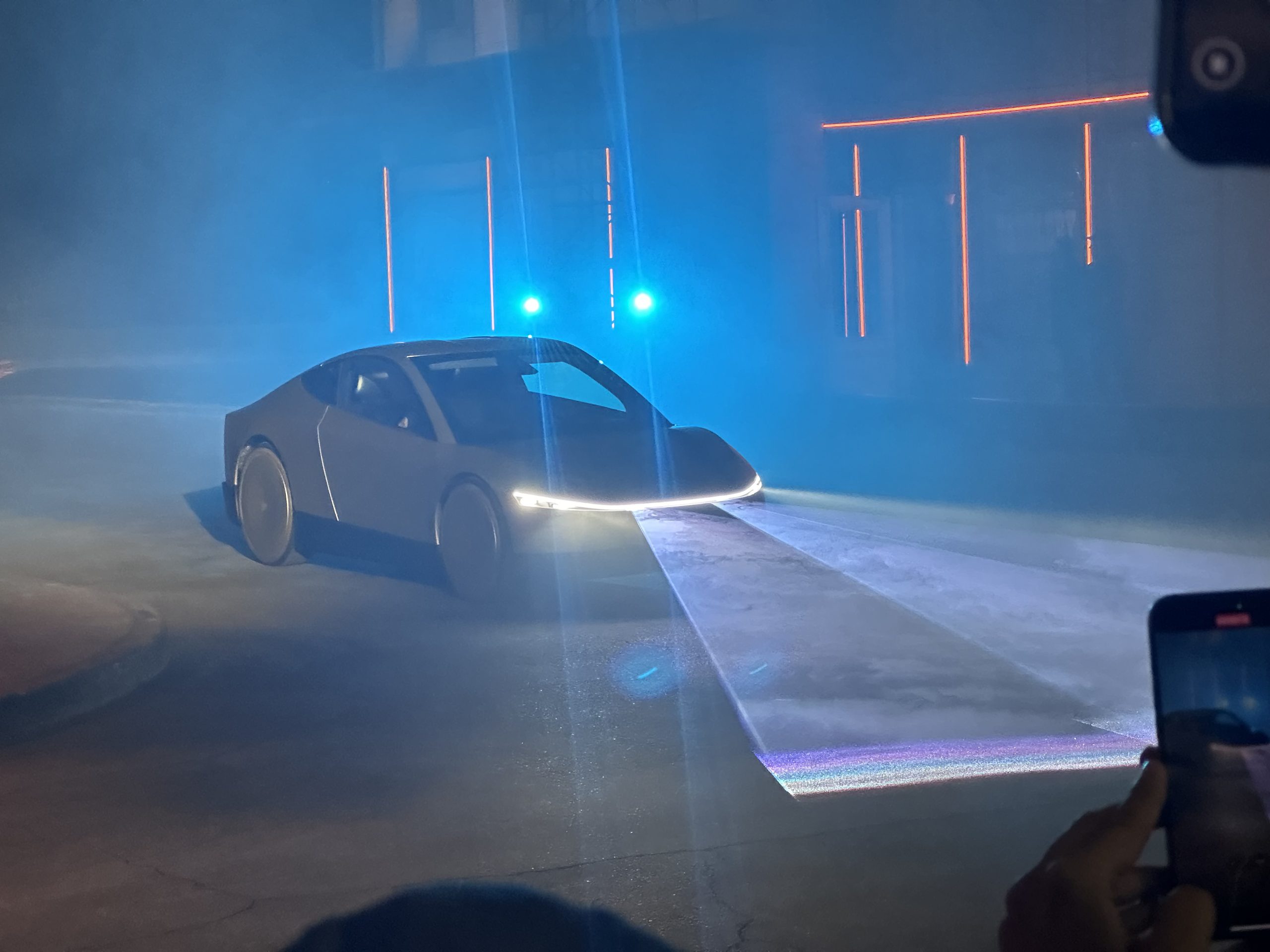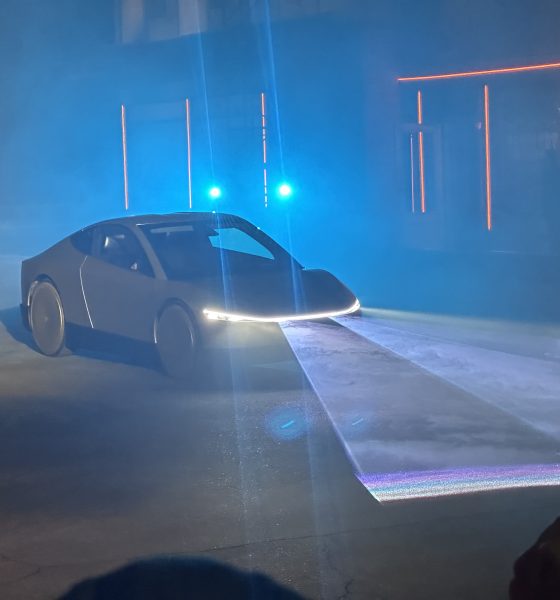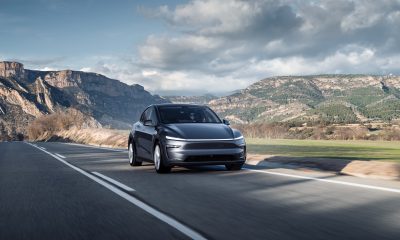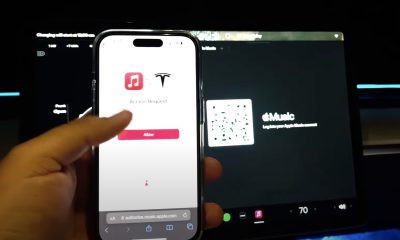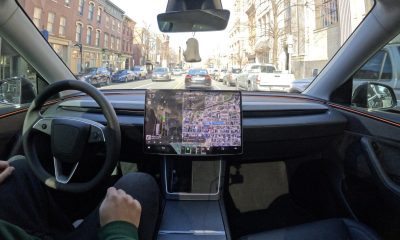Tesla and other companies are actively developing self-driving technologies and driverless ride-hailing platforms, and with President-elect Donald Trump’s transition team already focused on autonomous vehicles, the tech is highly expected to be a major theme in 2025.
According to a Reuters Breakingviews prediction report on Monday, Trump’s moves to minimize regulations surrounding autonomous vehicles and create a federal framework for the technology are expected to supercharge the industry—as increased competition emerges in the U.S. and beyond.
With Tesla CEO Elon Musk also set to play a large role in Trump’s administration, heading up the Department of Government Efficiency (DOGE), the company’s own developments in the sector could also stand to benefit substantially. Reuters also predicts that self-driving pilots could expand under the administration, especially as developers aim to increase the amount of data used to train their systems.
READ MORE ON SELF-DRIVING REGULATIONS: U.S. agency proposes rules for self-driving vehicle incident reporting
Last month, the Trump transition team said that it was already aiming to create a federal self-driving vehicle framework. Additionally, the team earlier this month was reported to be ditching federal requirements on automated driving tech crash reporting, coming as one example of the administration’s aims to streamline regulatory processes in the industry.
Internationally, the Society of Automotive Engineers (SAE) categorizes vehicle automation into five automation levels, which are generally adopted in conversations about robotaxis in the U.S. market as well. You can see these categories below, with Level 3 and above generally considered to be full automation, at least at times, while Level 2 and below are considered partial automation.
Credit: SAE International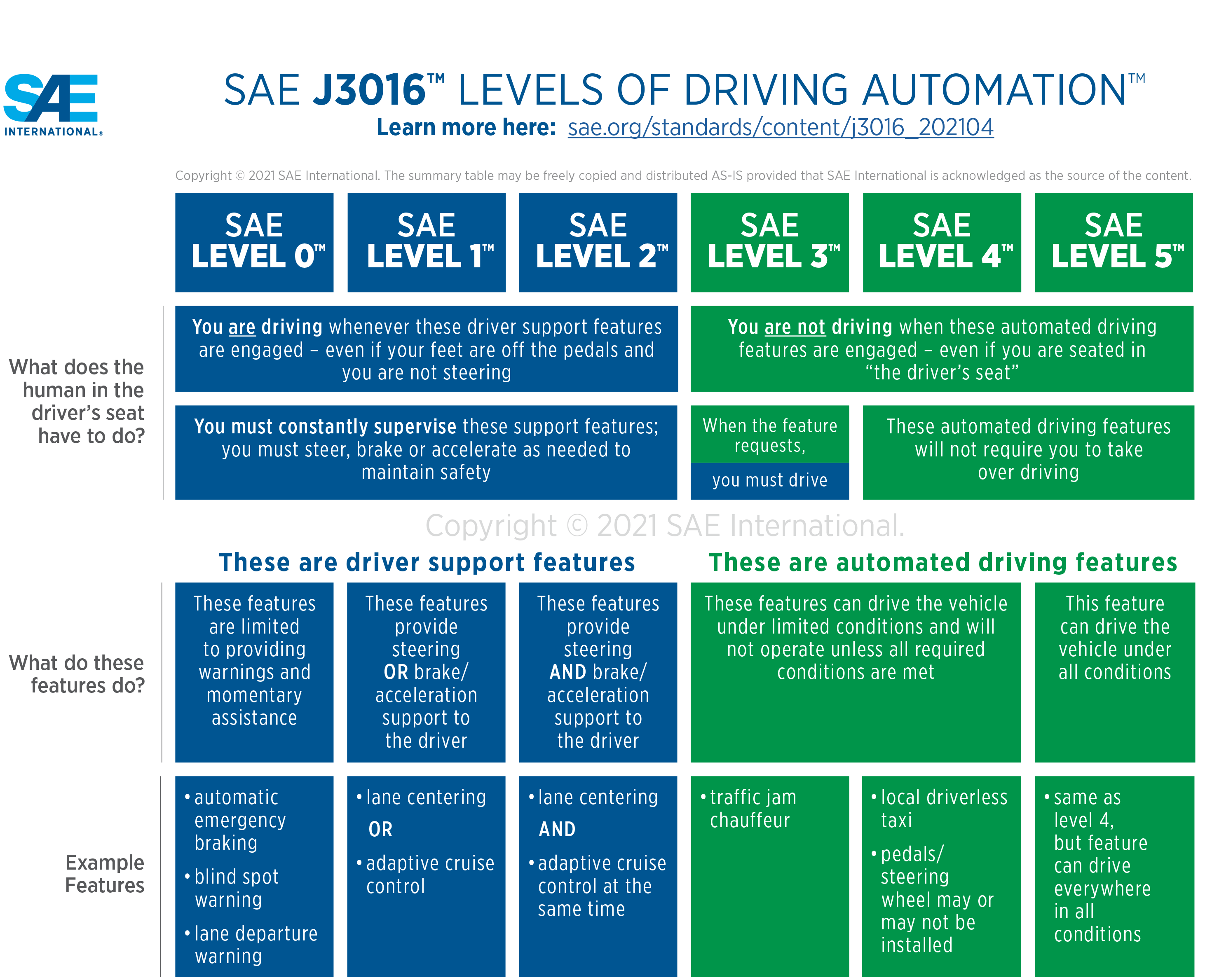
According to the data firm Canalys, just 5.5 percent of vehicles sold this year have included Level 2 or more assistance features, such as cruise control and automated lane changes. By 2025, however, Citi research has suggested that models in China below 200,000 yuan (about $28,000) will have these features, playing a major role in consumer demand.
In China, at least 19 companies are currently testing fully autonomous vehicles, and Goldman Sachs expects the country to see as many as 90 percent of consumer sales to have features of Level 3 autonomy or greaterby 2040, compared to just 65 percent in the U.S.
While these technologies are emerging, McKinsey predicts that self-driving could become a $400 billion industry by 2035. Google parent company Alphabet runs Waymo, a Level 4 driverless ride-hailing service that already offers paid rides, while others, including Pony AI and Baidu also offer rentable self-driving vehicles in select areas.
BYD has invested $14 billion into self-driving, Toyota has around 1.7 trillion yen ($11.3 billion) going toward software, while Volkswagen has invested $700 million into China’s Xpeng Motors. Li Auto and Xiami are also considered potential competitors in these spaces, and 2025 could prove a big year for commercial self-driving hopefuls.
Tesla’s Supervised FSD program, Cybercab unveiled
Meanwhile, Tesla isn’t yet operating a paid ride-hailing service, though it gathers data through owner use of its Supervised Full Self-Driving (FSD) software. Tesla has touted the potential scalability of its Supervised FSD in the past, given that it’s available at least in some form in all of the company’s vehicles.
Musk has also regularly talked about a future in which owners of its vehicles could use an Unsupervised FSD to generate money by giving robotaxi rides while not normally in use.
On that theme, Tesla unveiled the Cybercab in October, a fully autonomous, two-seat vehicle with no pedals, set to eventually make it to the market as a driverless ride-hailing vehicle. It’s also set to be equipped with wireless charging and make use of an automated cleaning robot, offering top-to-bottom autonomy for owners.
MORE ON FSD SUPERVISED: Watch Tesla’s FSD v13.2 navigate away from park in a tricky situation
Tesla skeptics, Waymo’s driverless ride-hails, GM’s Cruise drives into the sunset
Despite the unveiling, some have shared skepticism around how long the vehicles could take to reach the market, especially given that production isn’t set to begin until 2026 with commercial deliveries aiming for “before 2027,” according to Musk during the October 10 “We, Robot” unveiling event.
On Monday, analyst Gary Black also predicted that fewer than 50 percent of Tesla owners would join the company’s robotaxi fleet, while a Guggenheim researcher in October said Tesla was “extremely unlikely” to reveal a credible path to robotaxi commercialization in the next 12 to 24 months.
Others like Waymo are some of the first companies operating paid driverless ride-hails, and the Google-run firm said in August that its robotaxis were already giving 100,000 paid self-driving rides per week. Meanwhile, General Motors (GM) announced this month that it will officially end funding for its commercial self-driving arm Cruise, after one of the company’s driverless vehicles last year ran over and pinned a pedestrian in San Francisco.
ALSO RELATED:
- Tesla China FSD approval expected by end of 2024: Musk
- Waymo to test self-driving vehicles in another country in 2025
What are your thoughts? Let me know at zach@teslarati.com, find me on X at @zacharyvisconti, or send us tips at tips@teslarati.com.
California regulators add new reporting requirements for self-driving cars
Need accessories for your Tesla? Check out the Teslarati Marketplace:

News
Tesla rolls out most aggressive Model Y lease deal in the US yet
With the promotion in place, customers would be able to take home a Model Y at a very low cost.
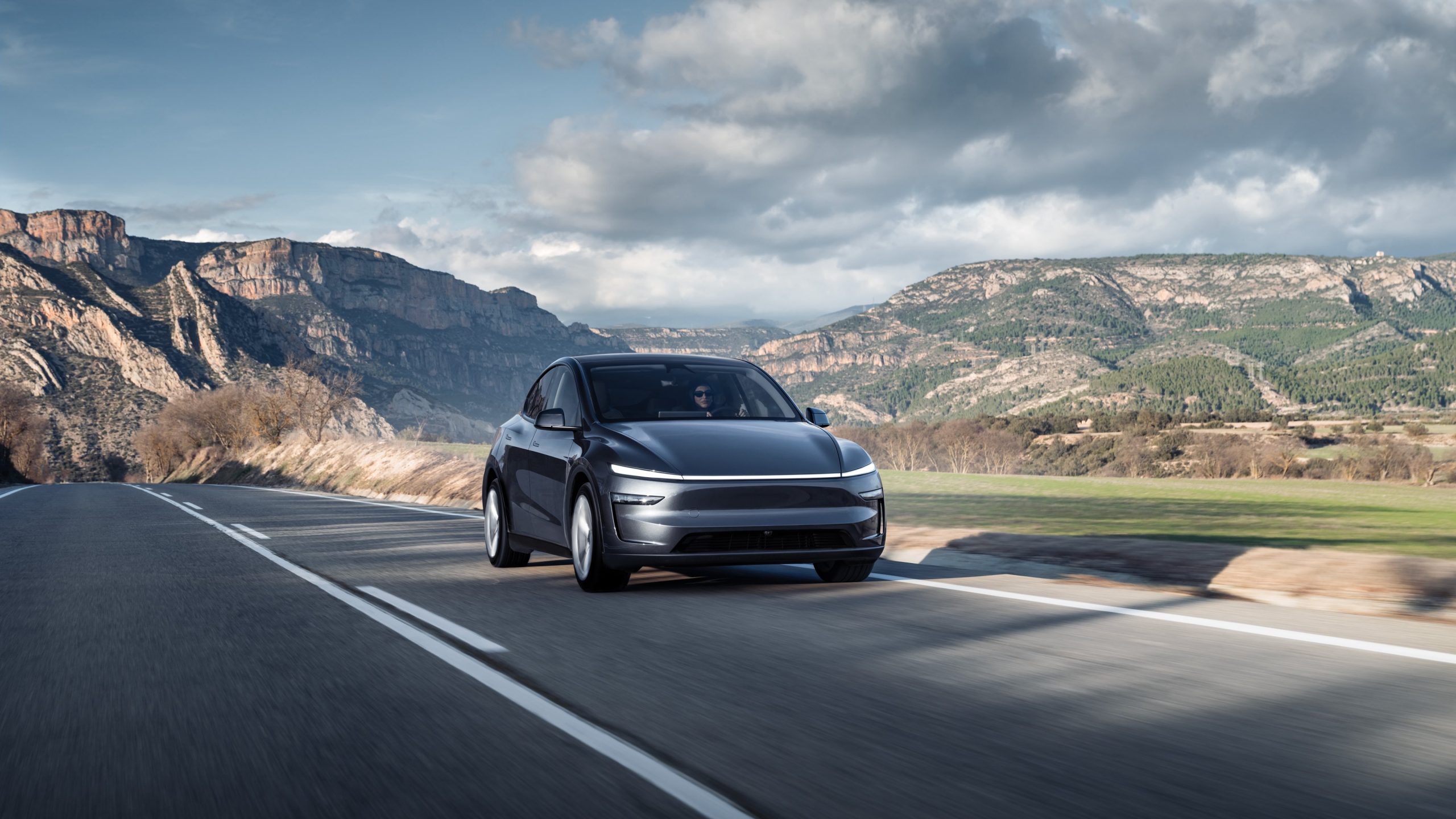
Tesla has rolled out what could very well be its most aggressive promotion for Model Y leases in the United States yet. With the promotion in place, customers would be able to take home a Model Y at a very low cost.
Zero downpayment leases
The new Model Y lease promotion was initially reported on X, with industry watcher Sawyer Merritt stating that while the vehicles’ monthly payments are still similar to before, the cars can now be ordered with a $0 downpayment.
Tesla community members noted that this promotion would cut the full payment cost of Model Y leases by several thousand dollars, though prices were still a bit better when the $7,500 federal tax credit was still in effect. Despite this, a $0 downpayment would likely be appreciated by customers, as it lowers the entry point to the Tesla ecosystem by a notable margin.
Premium freebies included
Apart from a $0 downpayment, customers of Model Y leases are also provided one free upgrade for their vehicles. These upgrades could be premium paint, such as Pearl White Multi-Coat, Deep Blue Metallic, Diamond Black, Quicksilver or Ultra Red, or 20″ Helix 2.0 Wheels. Customers could also opt for a White Interior or a Tow Hitch free of charge.
A look at Tesla’s Model Y order page shows that the promotion is available for all the Model Y Premium Rear-Wheel Drive and the Model Y Premium All-Wheel Drive. The Model Y Standard and the Model Y Performance are not eligible for the $0 downpayment or free premium upgrade promotion as of writing.
@teslarati 🚨 Tesla Full Self-Driving v14.1.7 is here and here’s some things it did extremely well! #tesla #teslafsd #fullselfdriving ♬ You Have It – Marscott
News
Tesla is looking to phase out China-made parts at US factories: report
Tesla has reportedly swapped out several China-made components already, aiming to complete the transition within the next two years.

Tesla has reportedly started directing its suppliers to eliminate China-made components from vehicles built in the United States. This would make Tesla’s US-produced vehicles even more American-made.
The update was initially reported by The Wall Street Journal.
Accelerating North American sourcing
As per the WSJ report, the shift reportedly came amidst escalating tariff uncertainties between Washington and Beijing. Citing people reportedly familiar with the matter, the publication claimed that Tesla has already swapped out several China-made components, aiming to complete the transition within the next two years. The publication also claimed that Tesla has been reducing its reliance on China-based suppliers since the pandemic disrupted supply chains.
The company has quietly increased North American sourcing over the past two years as tariff concerns have intensified. If accurate, Tesla would likely end up with vehicles that are even more locally sourced than they are today. It would remain to be seen, however, if a change in suppliers for its US-made vehicles would result in price adjustments for cars like the Model 3 and Model Y.
Industry-wide reassessments
Tesla is not alone in reevaluating its dependence on China. Auto executives across the automotive industry have been in rapid-response mode amid shifting trade policies, chip supply anxiety, and concerns over rare-earth materials. Fluctuating tariffs between the United States and China during President Donald Trump’s current term have made pricing strategies quite unpredictable as well, as noted in a Reuters report.
General Motors this week issued a similar directive to thousands of suppliers, instructing them to remove China-origin components from their supply chains. The same is true for Stellantis, which also announced earlier this year that it was implementing several strategies to avoid tariffs that were placed by the Trump administration.
@teslarati 🚨 Tesla Full Self-Driving v14.1.7 is here and here’s some things it did extremely well! #tesla #teslafsd #fullselfdriving ♬ You Have It – Marscott
News
Tesla owners propose interesting theory about Apple CarPlay and EV tax credit
“100%. It’s needed for sales because for many prospective buyers, CarPlay is a nonnegotiable must-have. If they knew how good the Tesla UI is, they wouldn’t think they need CarPlay,” one owner said.

Tesla is reportedly bracing for the integration of Apple’s well-known iOS automotive platform, CarPlay, into its vehicles after the company had avoided it for years.
However, now that it’s here, owners are more than clear that they do not want it, and they have their theories about why it’s on its way. Some believe it might have to do with the EV tax credit, or rather, the loss of it.
Owners are more interested in why Tesla is doing this now, especially considering that so many have been outspoken about the fact that they would not use it in favor of the company’s user interface (UI), which is extremely well done.
After Bloomberg reported that Tesla was working on Apple CarPlay integration, the reactions immediately started pouring in. From my perspective, having used both Apple CarPlay in two previous vehicles and going to Tesla’s in-house UI in my Model Y, both platforms definitely have their advantages.
However, Tesla’s UI just works with its vehicles, as it is intuitive and well-engineered for its cars specifically. Apple CarPlay was always good, but it was buggy at times, which could be attributed to the vehicle and not the software, and not as user-friendly, but that is subjective.
Nevertheless, upon the release of Bloomberg’s report, people immediately challenged the need for it:
Everyone thinks they need it. I would think that too if I didn’t know how good Tesla’s interface was. CarPlay is a crappy layer on top of crappy info-navs, and people think it’s an imperative because it provides a level of consistency from car to car. They have no clue how much…
— Rich Stafford (@r26174_rich) November 14, 2025
How can it not be when the best engineers choose Tesla over Apple and Tesla’s core focus is auto vs Apple being mobile. It’s what Tesla does every day. It’s a side project for Apple. Still Apple is much better than any other auto OEM who attract lesser talent and make digital…
— Emu (@confessedemu) November 14, 2025
Some fans proposed an interesting point: What if Tesla is using CarPlay as a counter to losing the $7,500 EV tax credit? Perhaps it is an interesting way to attract customers who have not owned a Tesla before but are more interested in having a vehicle equipped with CarPlay?
“100%. It’s needed for sales because for many prospective buyers, CarPlay is a nonnegotiable must-have. If they knew how good the Tesla UI is, they wouldn’t think they need CarPlay,” one owner said.
Tesla has made a handful of moves to attract people to its cars after losing the tax credit. This could be a small but potentially mighty strategy that will pull some carbuyers to Tesla, especially now that the Apple CarPlay box is checked.
@teslarati :rotating_light: This is why you need to use off-peak rates at Tesla Superchargers! #tesla #evcharging #fyp ♬ Blue Moon – Muspace Lofi
-

 News1 week ago
News1 week agoTesla shares rare peek at Semi factory’s interior
-

 Elon Musk1 week ago
Elon Musk1 week agoTesla says texting and driving capability is coming ‘in a month or two’
-

 News1 week ago
News1 week agoTesla makes online ordering even easier
-

 News1 week ago
News1 week agoTesla Model Y Performance set for new market entrance in Q1
-

 News1 week ago
News1 week agoTesla Cybercab production starts Q2 2026, Elon Musk confirms
-
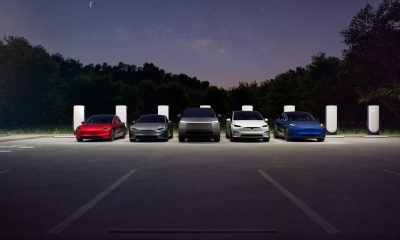
 News6 days ago
News6 days agoTesla is launching a crazy new Rental program with cheap daily rates
-

 News1 week ago
News1 week agoTesla China expecting full FSD approval in Q1 2026: Elon Musk
-

 News1 week ago
News1 week agoTesla Model Y Performance is rapidly moving toward customer deliveries
